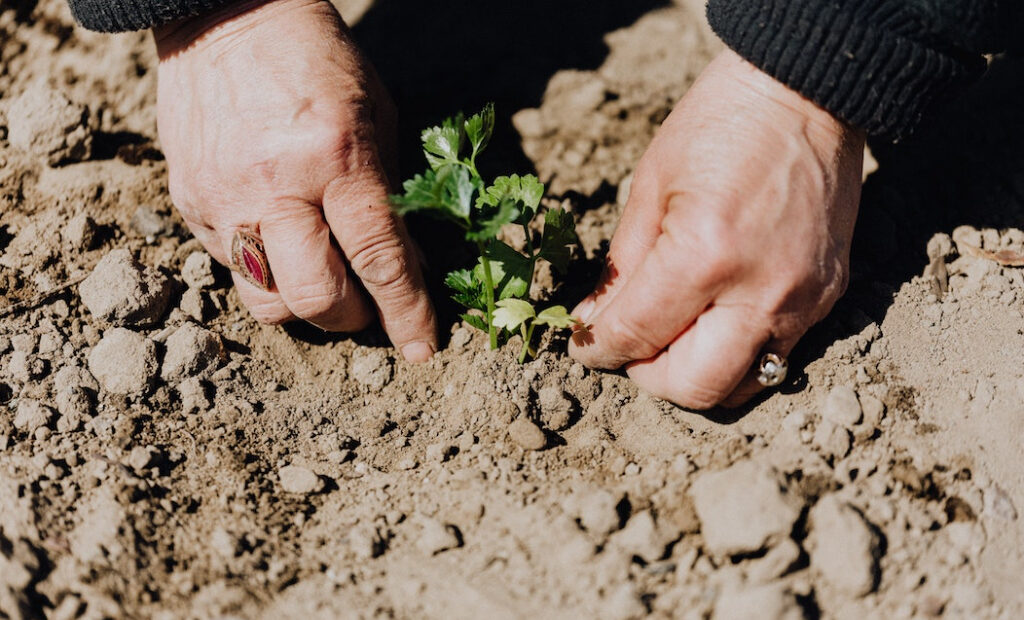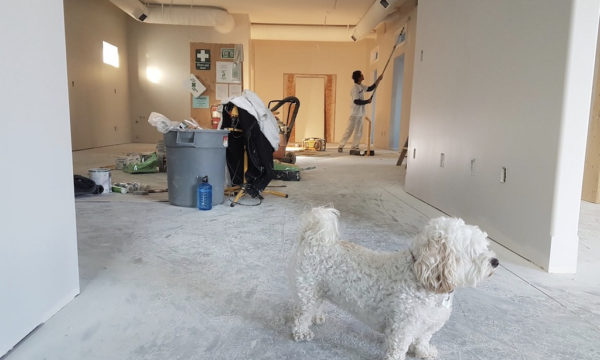Home gardening tips for the UK

Many individuals decide to try their hand at gardening only to quickly become discouraged. They find the plants don’t grow as speedily as they like, bugs are eating their crops or the foliage doesn’t thrive for some reason. Planning the garden becomes of great help in avoiding these and many other issues. What should every gardener know before they take the first step in setting up a space to grow things on their property?
Analyse the garden
The more information a gardener has about their garden, the easier it becomes to grow an abundant crop. For example, does the site face north or south? Knowing this helps one determine what should be grown in each section of the plot. Learn about the soil present in the area because certain plants prefer acidic soil while others thrive in alkaline soil.
Do certain areas of the garden collect water while others remain dry? This becomes of great help in determining the watering needs of the different crops, so one doesn’t underwater or drown them.
Soil preparation
A good crop starts with fertile soil. With the right preparation a person will find their plants thrive. Before planting anything in the garden, weed the area thoroughly as they compete with plants for nutrients, so removing them allows the desired plants to receive more of what they need to grow and flourish. Test the pH of the soil and add fertiliser or mulch where needed.
Companion planting
Certain plants thrive when placed close to each other. For example, beans do well when planted by broccoli and corn but should never be placed near onions or peppers. Cucumbers, on the other hand, do fine when near onions but should never be placed by melons or potatoes. Individuals who are new to vegetable gardening may not be aware of this and wonder why they didn’t get the abundant yield they desired. It may be nothing more than where they planted a particular crop. Consider this as one goes to establish their garden design and learn about companion planting to get an abundant crop their first season.
Knowing how to plant
Planting a garden involves more than digging holes into the soil and dropping seedlings in or creating a depression in the soil and dropping in a few seeds. Gardeners must know how deep to plant the seeds or seedlings. Place them too deep in the soil and they won’t thrive. Placing a root ball on the surface of the soil will lead to it drying out rapidly, which will ultimately cause the plant to wither and die. Carefully read the directions that come with each seed packet or seedling to ensure the plant is placed in the soil at the appropriate depth to avoid these issues.
Pest control
Don’t let uninvited critters benefit from one’s hard work. Keep an eye out for pests and remove them as soon as they appear. While some species are welcome in a garden, as they provide beneficial nutrients or keep harmful pests under control, gardeners must differentiate between the two. Remove slugs, snails and aphids as soon as they appear while encouraging ladybirds and other helpful critters to take up residence. Consider using organic methods to keep pests at bay, as you want to put healthy things into your body rather than the chemicals present in many pesticides today.
Gardening is an enjoyable activity. Don’t become discouraged if you encounter problems. Even those who have been gardening for years still come up against some challenges. Stick with it and one will have a green thumb in less time than they imagined.
The editorial unit

























Facebook
Twitter
Instagram
YouTube
RSS